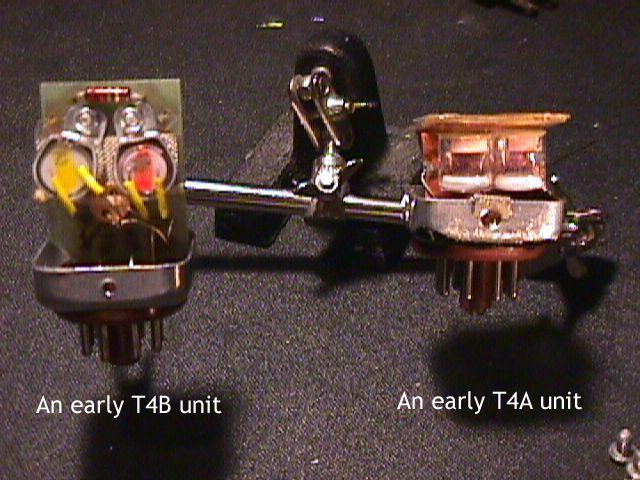[quote author="dripelectronics"]made some progress using the nsl 5910's
i think i should be able to work this out faily quickly.
these are the light to dark resistance curves of a batch of 30 or
so LDR's. (light dependant resistors)
interesting enough the dark to light curves seem inconsequential
for they are in the millisecond range ,
super fast ,
makes me believe that the el panel has more to do with that
then one thinks.
infact i would say the panel is a major player in this equation ,
to the point of being able to be a little loose on cell matching.\
the Brand X ldrs both land up on the red line
the UREI ldrs are more quick
alot of the LDRs are ending up more like the urei then i expected
almost dead on .
the brand x are harder to come by.
as with the 'smooth' cells
the intresing thing is now im learning attack times ,
and can almost spot a urei ldr in 5 seconds.
i think it would be interesting to offer the T4's in 'flavors'
urei ' what works , works'
medium ' the best of both worlds
brand x , ' when you gotta clone , a clone'
and of course my fav , ' smooth' curve. ' when it's gotta be gentle'
these just some preliminary results .
the test equipment i used is not as precise as the gear that should
arrive very soon.
the top of the graph is 1 meg ohm and the bottom start is aprox
1 k.
best .
g.[/quote]
Based on the 150 or so photocells and 30 or so T4 units I've tested, I think "recovery time" is the most significant factor governing the sound of the T4 units. The next most significant factor is the spread between light and dark resistances, which
is affected by the light output of the EL panel. The vintage T4A, B and C units that I've tested all fall within a fairly narrow window regarding both parameters. This weekend I'll dig out some of the old data files and post graphs on kenetek.com for comparison.
Also, I notice that your graphs only measure up to 1 Megohm. At 1 Meg, the cells are still conducting enough to provide some gain reduction. The tests that I conducted measure up to around 6.75 Megohms, which is the upper limit of the tester I built. The results are displayed on a log scale, which translates better to gain reduction, since deciBels is a logarithmic scale as well.
Also keep in mind that the photocells have significant memory after being exposed to light for even a brief time. I had to wait about 20 minutes between tests in order for the cells to recover closely enough to a "dark" state before I could get test results that could be used to compare different units. I have some NSL5910s on order from Allied that should be in before the weekend. I'll try to sneak away from family life long enough to compare those cells to the vintage T4A and T4B measurements I made almost 10 years ago and get the test results published for all to see. I'll also try to get the photos of the different T4 units (including the T4A with the paperclip as an integral part of the assembly) up on the web.


